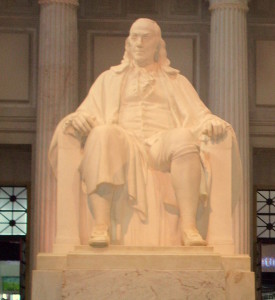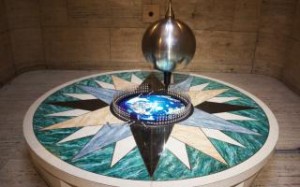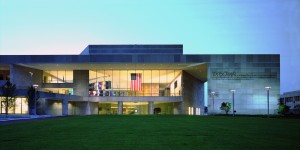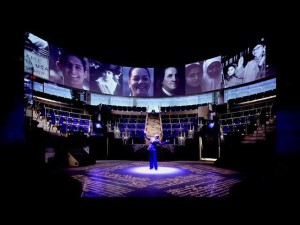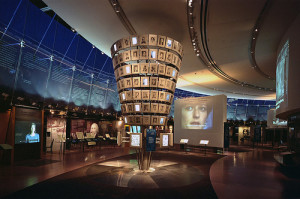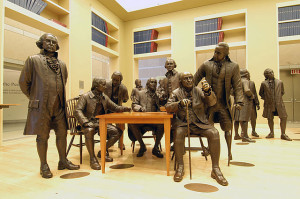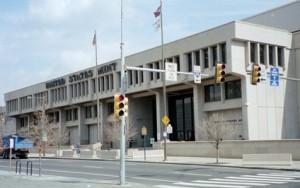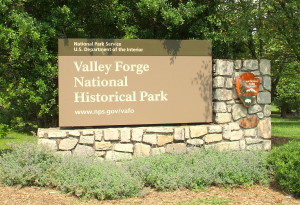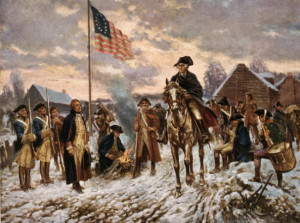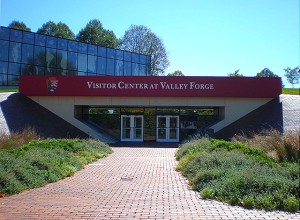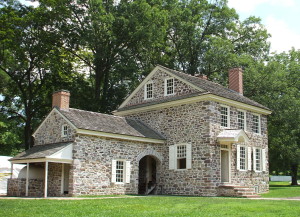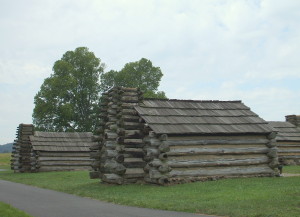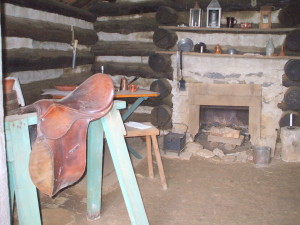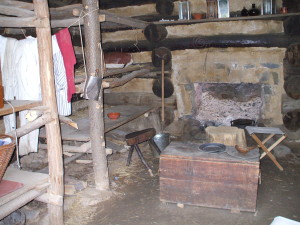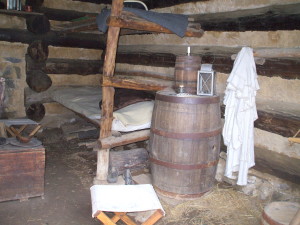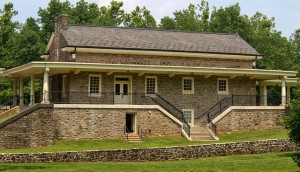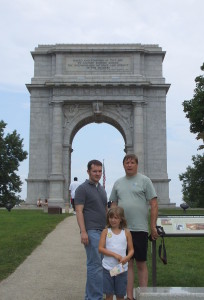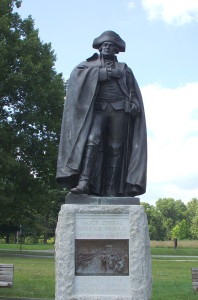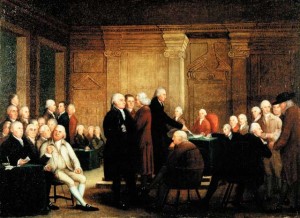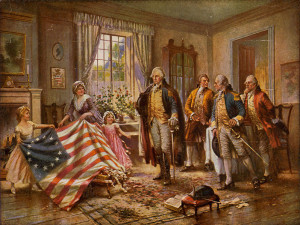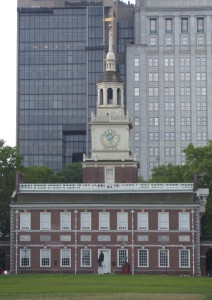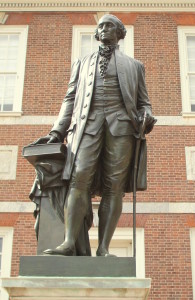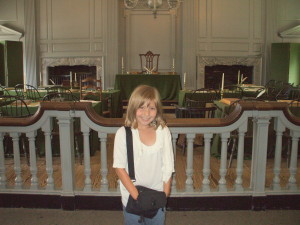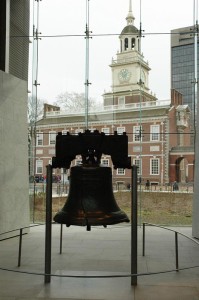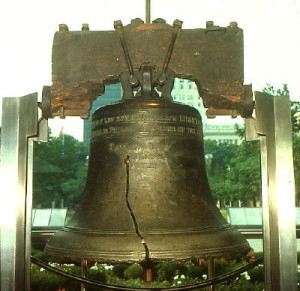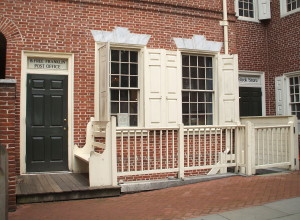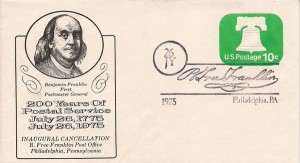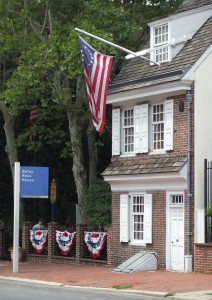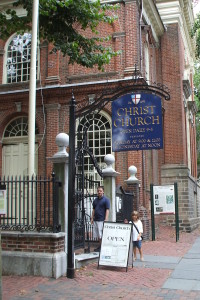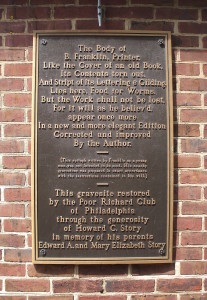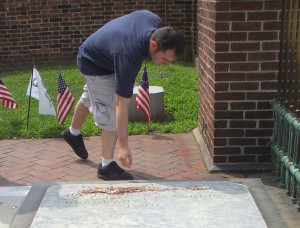Previously, I posted a travel report from our family’s 2009 trip to Philadelphia, PA. Due to Philadelphia’s numerous historic sites connected with the colonial and revolutionary periods in America history, I have divided the content into two separate posts. The first post, Philadelphia, PA (Part One), covers Independence Hall, the Liberty Bell Center, Franklin Court, Betsy Ross House, Christ Church and Burial Grounds. In this second post about Philadelphia I will cover the Franklin Institute, the National Constitution Center and the Philadelphia U.S. Mint.
The Franklin Institute
The Franklin Institute is one of the oldest centers of science education in the United States and its purpose is to honor the ideas and principals of Benjamin Franklin, the American statesman and scientist. The Institute opened in 1825 on South 7th Street (as shown in the photo below on the left) and in the beginning it promoted science and offered classes in engineering, drafting and mechanics. Throughout the years, the Institute held various scientific demonstrations of new technology and even hosted the International Electrical Exhibition in 1884.
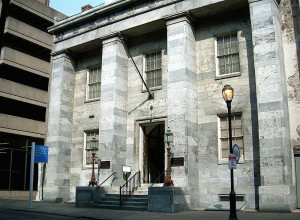
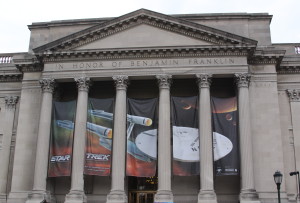
Almost 110 years after the Institute opened, the Institute moved to its current location near the intersection of 20th Street and Benjamin Franklin Parkway in 1934 (as shown in the 2009 photo below on the right).
For more detailed visitor information on the Franklin Institute, such as operating hours and admission prices, please click on their website at www.fi.edu/
A brief tour of the Franklin Institute
The Franklin Institute covers has more than 400,000 square feet of exhibit space, there are currently 12 permanent exhibits which offer visitors learning experiences with engaging displays regarding various aspects of science. The Institute also offers space for various traveling exhibits, such as the very popular “King Tut” in 2007. (Personal Note: When our family visited the Institute in 2009, we saw “Star Trek – The Exhibition” featuring costumes, props and other memorabilia which my Trekkie husband really enjoyed!)
Some of the highlights of the Franklin Institute are listed below:
The Benjamin Franklin National Memorial –
An immense marble statue of Benjamin Franklin is located in the Franklin Institute rotunda, the 20 foot-tall, 30 ton marble statue was sculpted by James Earle Fraser and sits on a 92 ton white Seravezza marble pedestal. The Institute rotunda in which the Benjamin Franklin statue is placed was opened in 1938 and was designed by architect John T. Windrim. The room measures 82 feet in length, width and height and features a floor, walls, columns, pilasters and cornices crafted from various types of marble imported from Portugal, Italy and France. In 1972, the U.S. Congress designated both the rotunda and the statue as the official Benjamin Franklin National Memorial; it is the only privately owned National Memorial in the United States. (Travel Note: Visitors should check to see the time for the three and a half minute multimedia show which briefly discussed Benjamin Franklin’s contribution to the world as statesman and scientist)
The Benjamin Franklin Collection –
Located in the Pendulum Staircase area of the Institute is a rotating display of several items pertaining to Benjamin Franklin. Visitors will see a scale model of the bust from the Benjamin Franklin Memorial, the figurehead from the USS Franklin, Franklin’s ceremonial sword from the court of King Louis XVI and the odometer that Franklin used to measure the postal routes, in 1775 Franklin was the Postmaster in Pennsylvania when it was still an English colony. The 1751 publication of Franklin’s “Experiments and Observations on Electricity” as well as Franklin’s lightning rods, electricity tube and Franklin Electrostatic Generator are displayed in the Institute’s Electricity exhibition.
(Travel Note: Please check out the Travel post Philadelphia – Part One for information on Franklin Court which holds not only the home of where Benjamin Franklin lived and worked but currently an active Post Office and an underground museum with displays of inventions and other items associated with Benjamin Franklin)
The Giant Heart –
One of the most popular exhibits at the Institute, especially for visitors with children, is the Giant Heart. The 5,000 square foot exhibit opened in 1954 and it allows visitors to crawl through the artery of Giant Heart. Other interactive displays in this area of the Institute explain the anatomy and physiology of the human body. (Trivia: The Giant Heart would be the correct size for a 220 foot tall person, which would be the approximate height of the Statue of Liberty)
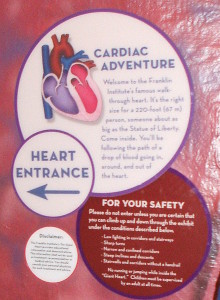
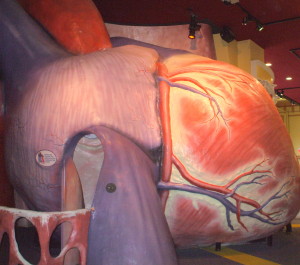
Foucault’s Pendulum –
The Institute has a display which duplicates an 1851 experiment by Jean-Bernard-Leon Foucault, a French physicist which set out to prove the Earth’s daily rotation around its axis. The Foucault’s Pendulum demonstrates this theory; during the course of day the pendulum knocks down a peg every 20-25 minutes and appears to change direction throughout the day which is an effect caused by the Earth’s rotation.
Fels Planetarium –
The Fels Planetarium opened in 1933 and at the time that it was built it was only the second planetarium in the United States. In 2002, the Planetarium underwent an extensive reconstruction project which replaced the dome and installation of new sound and special effects equipment. The Planetarium now has several astronomical presentations. Please check the Institute website for current shows, time and admission prices at www.fi.edu/
The National Constitution Center
The National Constitution Center is located within walking distance from Independence Hall and it is the first institution completely dedicated to the United States Constitution. In September 1988, President Reagan signed the Constitution Heritage Act which began the process of establishing the Center, although the idea dates back to 1887 at the time of the centennial celebration.
It took another twelve years before ground broke on September 17, 2000, which was coincidentally the date 213 year after the Constitution was signed. The Center opened on July 4, 2003 and is located at 52 Arch Street which was specifically chosen because it was May 25, 1787 that the Constitutional Convention began in Philadelphia.
Some of the highlights of the National Constitution Center are listed below:
Freedom Rising –
“Freedom Rising” is a multimedia 17 minute performance performed in a theater in the round at the Center. The production takes visitors through over 200 years of constitutional history from the American Revolution to the Civil War to the Civil Rights Movements in an entertaining and musical way.
The Story of We the People –
The Story of We the People is the Center’s main exhibit where visitors can move through interactive multimedia displays involving several milestones in America’s history while demonstrating how the U.S. Constitution is relevant and important in the lives of the American people. Displays include a rare copy of the Emancipation Proclamation, see Justice Sandra Day O’Connor’s Supreme Court robe, there is a large American National Tree which has an interactive touch screen featuring over 100 average citizens and visitors can take the Presidential Oath of Office on a large screen and. Please note that the memorabilia are rotated on display and are subject to change.
Signer’s Hall –
In Signer’s Hall visitors can walk among 42 life-size bronze statues of the “Founding Fathers” who signed their names to the U.S. Constitution on September 17, 1787. The room and statues are meant to recreate the Assembly Room at nearby Independence Hall in the final day of the Constitutional Convention. Some of the famous faces include George Washington, Benjamin Franklin, James Madison and Alexander Hamilton. Travel Note: Visitors can have fun taking photos with the various statues, just imagine standing next to one of the Founding Fathers.
For more detailed information about hours, admission fees and other exhibits, please see the National Constitution Center’s website at www.constitutioncenter.org
The United States Mint – Philadelphia
The Philadelphia Mint is the largest mint in the United States and the current facility opened in 1969, there have also been three previous buildings located in Philadelphia. The Philadelphia location is also the site of the master die production for the U.S. coinage and the design and engraving departments of the U.S. Mint are also located there. (Special Note: The United States Mint was created by Congress with the Coinage Act of 1792 and was originally a part of the Department of State. In 1799, the Mint was made an independent agency and later in 1873 it became part of the Department of the Treasury)
The Philadelphia Mint is the world’s largest U.S. mint and offers free self-guided tours which will take approximately 45 minutes, during the Spring and Summer months there could possibly be a short wait. As visitors tour the facility they will learn the history of the Mint and see the process involved in making U.S. coins from creating the coin designs to sculpting the molds to the manufacturing of the actual coins, visitors will be able to look onto the factory floor 40 feet below where one million coins can be produced in 30 minutes.
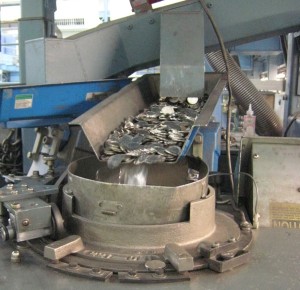
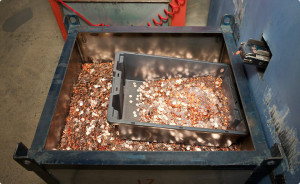
Travel Note: Adult visitors will be asked to provide photo identification, such as a driver’s license, for security purposes. The United States Mint reserves the right to deny access to anyone at any time; in addition, members of the general public wishing to tour the facility may be subject to search by the United States Mint Police. Photography, smoking, eating and drinking are prohibited. Prohibited items include, but are not limited to, weapons and large packages. All visitors are required to enter through a metal detector.

